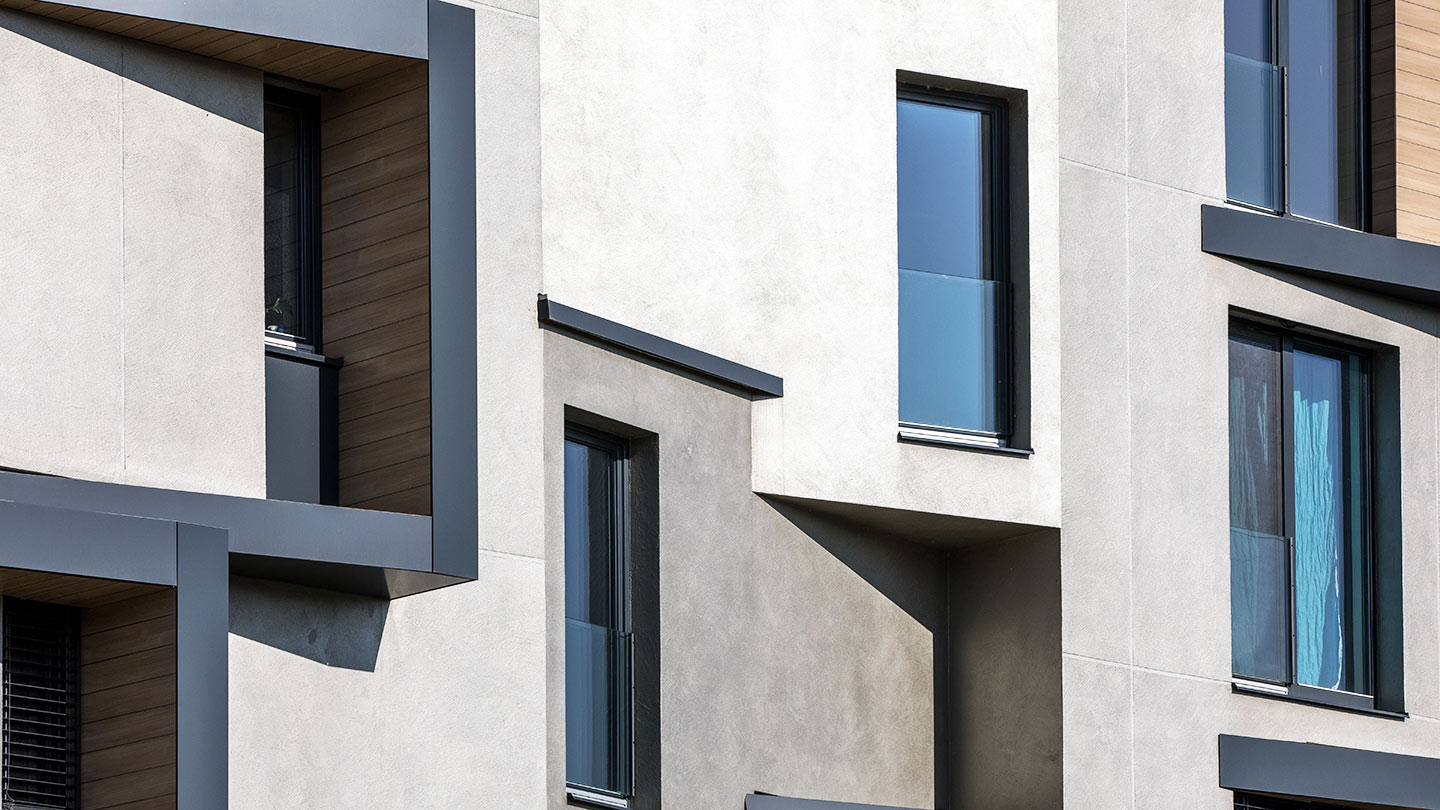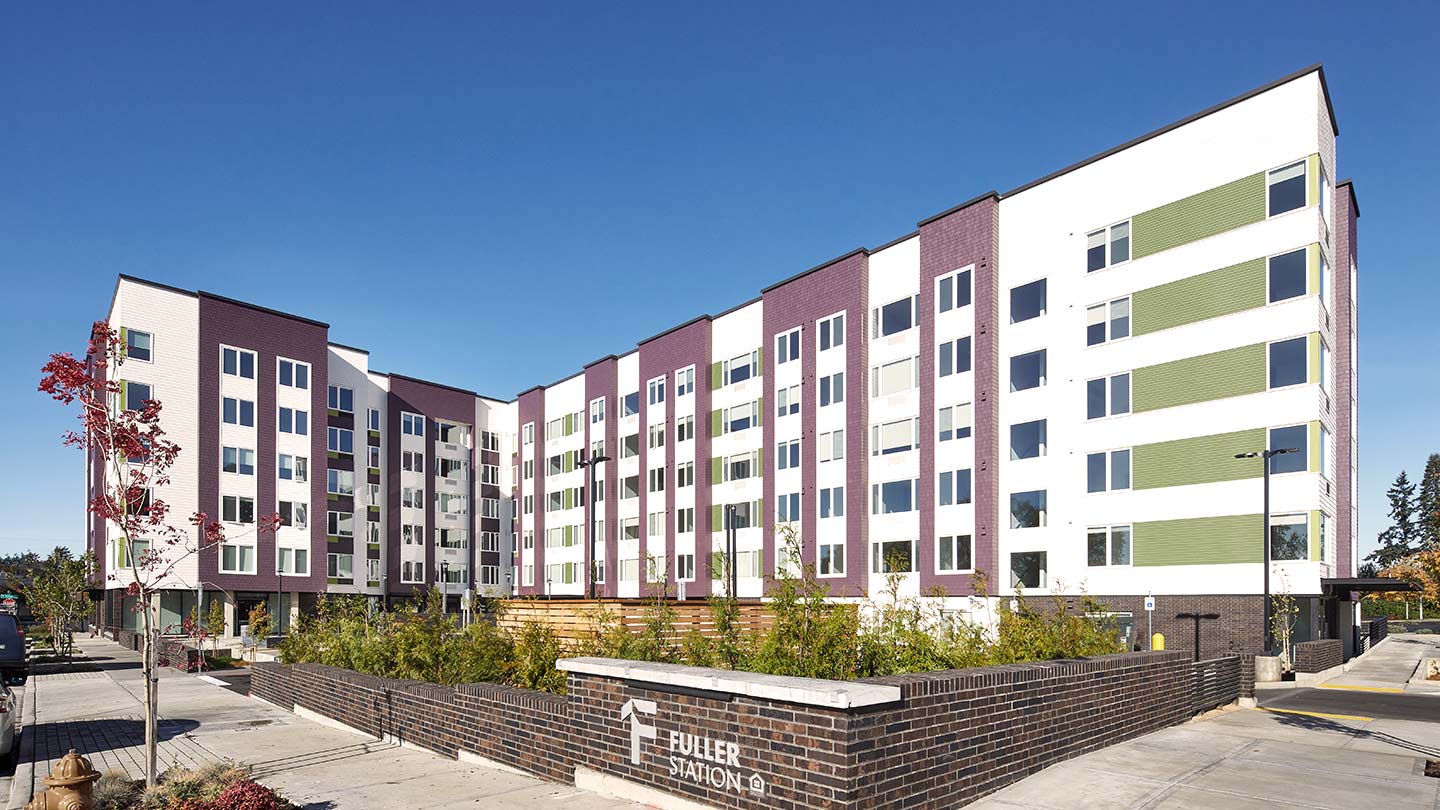
4 min read
A commercial real estate equity waterfall is a useful method for describing how investors will share proceeds from an investment. When one investor actively manages a project on a group’s behalf, a waterfall can help keep incentives aligned by adjusting distributions based on investment performance.
What is a waterfall in real estate?
A waterfall model outlines how cash flow from an investment is distributed to equity investors in the capital stack. A commercial real estate waterfall is often used when investors have different roles:
- A sponsor who finds and manages investment opportunities
- Investors who contribute capital but aren’t involved in day-to-day operations
A sponsor using a real estate equity waterfall often gives hands-off investors priority claim on cash flow available for distribution until the investment reaches a pre-determined return rate. After reaching that rate, the sponsor’s share of the cash flow can increase.
The arrangement creates an added incentive for the sponsor to manage the investment property effectively by promising a larger share of returns if it performs well. Investors, meanwhile, give up some upside to reduce their risk.
Why is it called a waterfall? You can think of it as a series of tiers, where cash flows into pools that must fill before flowing into the next tier.
Real estate equity waterfall components
Waterfall structures can vary widely from one deal to the next, but common elements for commercial real estate include:
- Return of capital: Payments investors receive to recover the initial capital they invested.
- Preferred return: Proceeds that go to investors before the sponsor earns a return, typically given as a target return rate.
- Catch-up provision: Allows the sponsor to “catch up” on distributions after the investor reaches the preferred return.
- Promoted interest: Also known as a promote, it’s the outsized share of cash flow a sponsor can earn if an investment exceeds an agreed-upon target return.
- Return hurdle: A performance benchmark marking a transition from one waterfall tier to the next, with a different cash flow allocation. Return hurdles are often expressed as an internal rate of return. Complex real estate waterfalls may have multiple return hurdles, each adjusting the split between the sponsor and investors.
Real estate waterfall example
A sponsor purchases a $10 million multifamily property, covering 60% of the property’s cost with a loan. The remaining 40%, or $4 million, must come from equity. The sponsor provides $1 million in equity. Other investors provide the remaining $3 million.
If the sponsor and investors split cash flows according to their share of the equity, the sponsor would receive 25% of cash flows to equity over the life of the investment, while the other investors collectively receive 75%.
That changes if the sponsor uses a real estate waterfall model, such as the one below:
| Waterfall tier | Hurdle (IRR) | Sponsor’s cash flow share | Investors’ cash flow share |
|---|---|---|---|
| 1 (Preferred return) | 10% | 25% | 75% |
| 2 | 15% | 35% | 65% |
| 3 | 20% | 50% | 50% |
Initial cash flows would go to the investors, until they reach a 10% IRR. Once the property generates enough cash flow to get both the sponsor and investors an IRR of 10%, the sponsor would receive 35% of any additional cash flows until the investors reach an IRR of 15%. If the investment reaches the next hurdle—a 20% IRR for the investors—the sponsor would begin receiving an even larger share of cash flow relative to the size of their equity investment.
Key considerations for structuring a real estate waterfall
There’s no standard formula for a real estate waterfall. It’s up to the sponsor and investors to design a structure that fits both parties’ investing goals and risk tolerance. Factors that can influence a commercial real estate investment’s equity waterfall include:
- Sponsor experience: A sponsor with a strong track record of successful commercial real estate investments may be able to secure the opportunity for more promoted interest.
- Investor return preferences: Some investors may want a high preferred return even if it means giving the sponsor a larger promote if the deal exceeds expectations. Others may accept a lower preferred return in exchange for a larger share of additional cash flow.
- Comfort with complex structures: An intricate, multitier waterfall may be appropriate if it’s better tailored to sponsors’ or investors’ needs than a simpler version. But more complexity isn’t always better—especially if misunderstandings lead to conflict over distributions.
- Sponsor’s share of equity: A sponsor with more skin in the game may have more power when negotiating the waterfall structure.
- Market conditions: Investors will compare a sponsor’s deal to other real estate investment opportunities and potentially opportunities outside real estate. Prospective returns must be competitive to attract interest.
The bottom line: Commercial real estate waterfalls can be an effective approach for investors to combine their resources—both capital and real estate expertise—in mutually beneficial deals. But they can also be complex. It’s critical to ensure all parties understand the structure and how that structure will influence their return in different scenarios.
Strategic liquidity management can give multifamily investors financial flexibility. Discover tips for getting started.
JPMorgan Chase Bank, N.A. Member FDIC. Visit jpmorgan.com/cb-disclaimer for disclosures and disclaimers related to this content.







